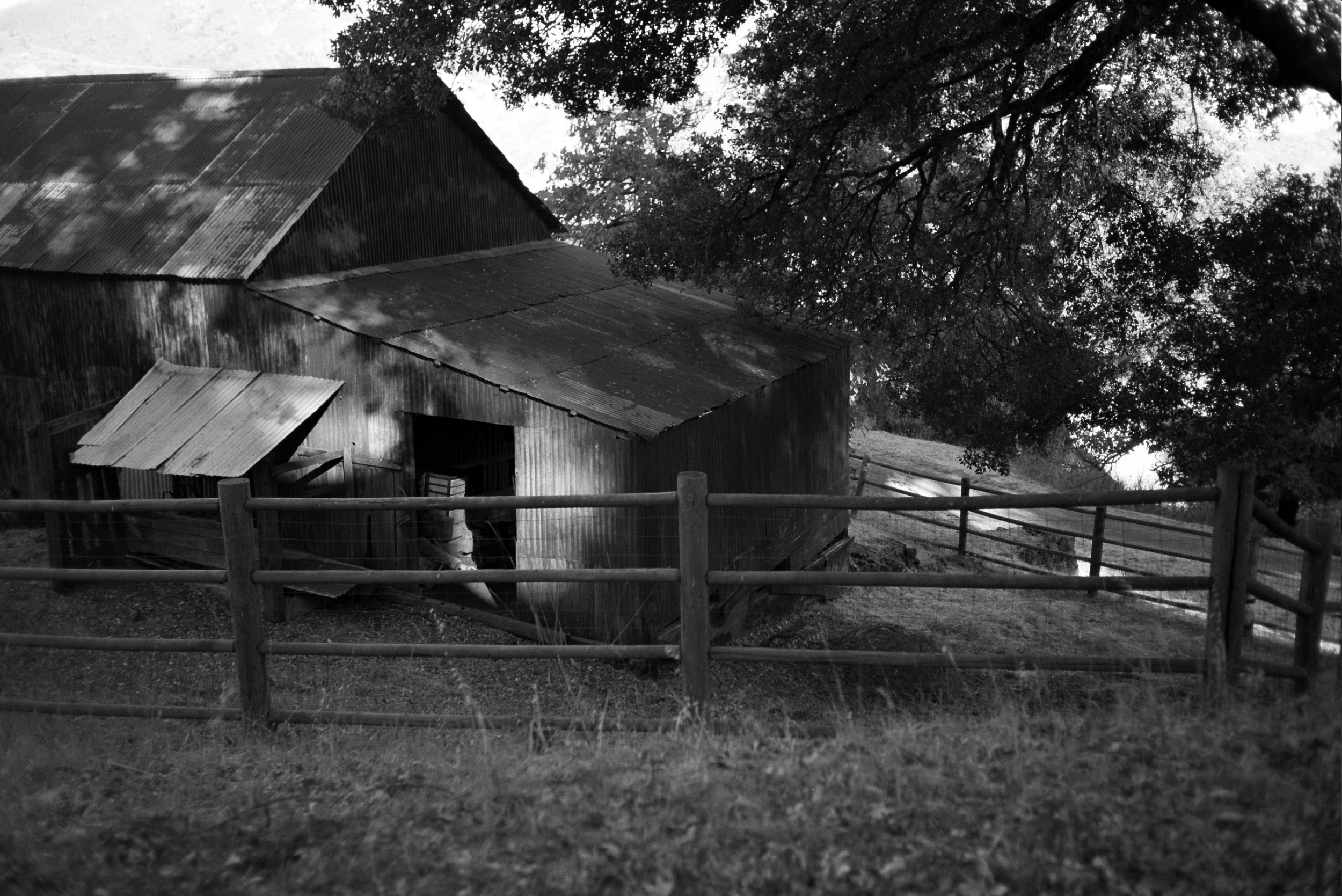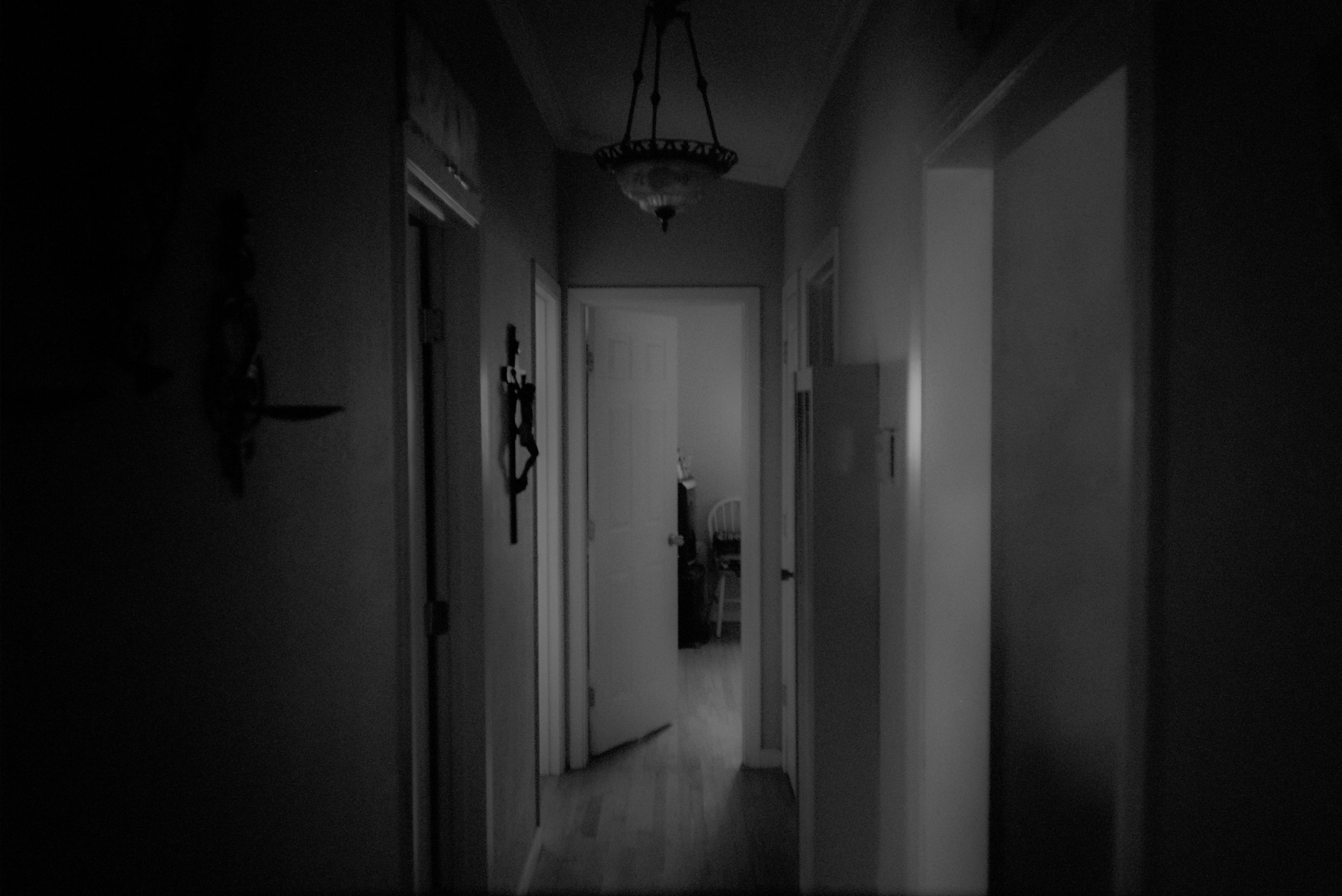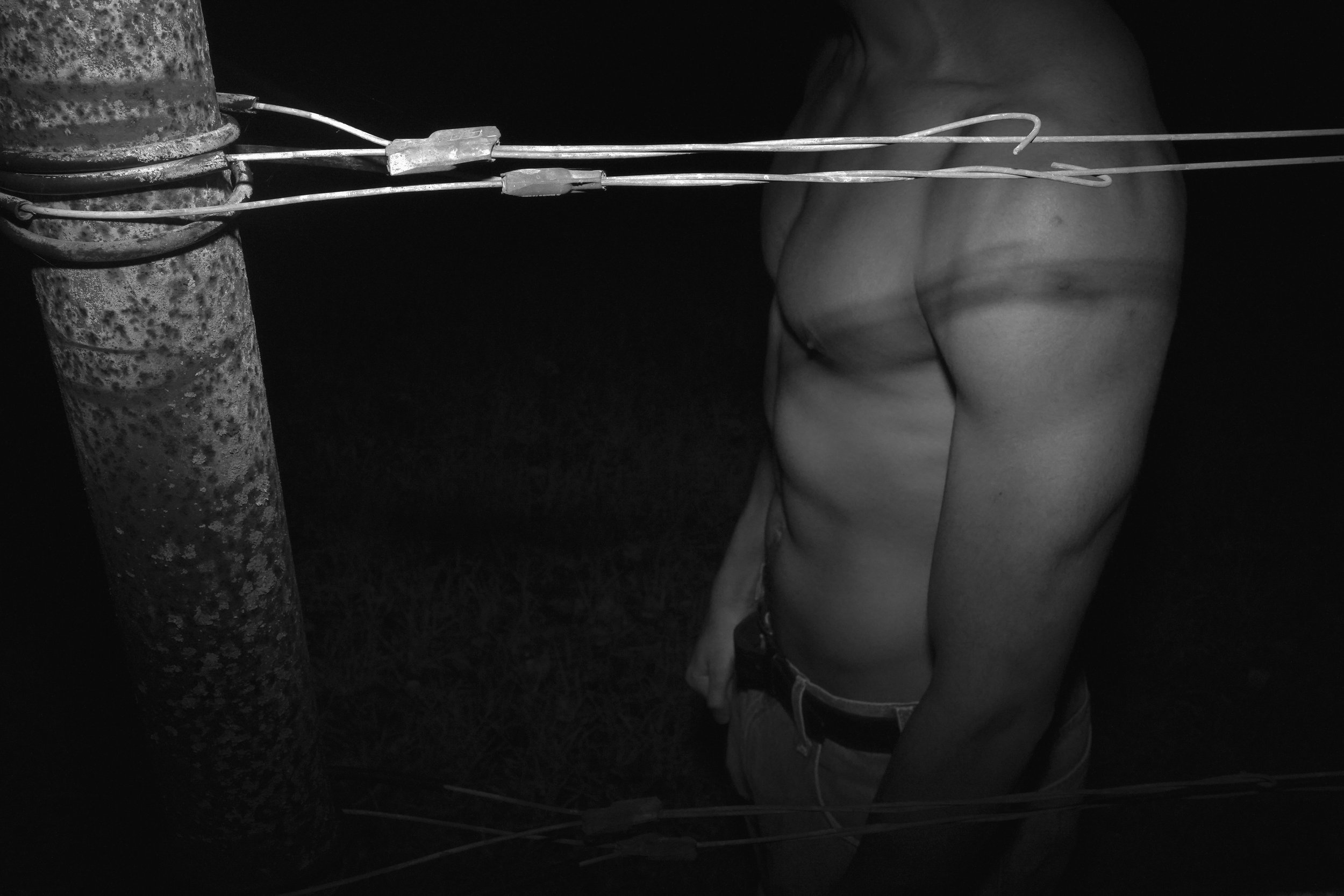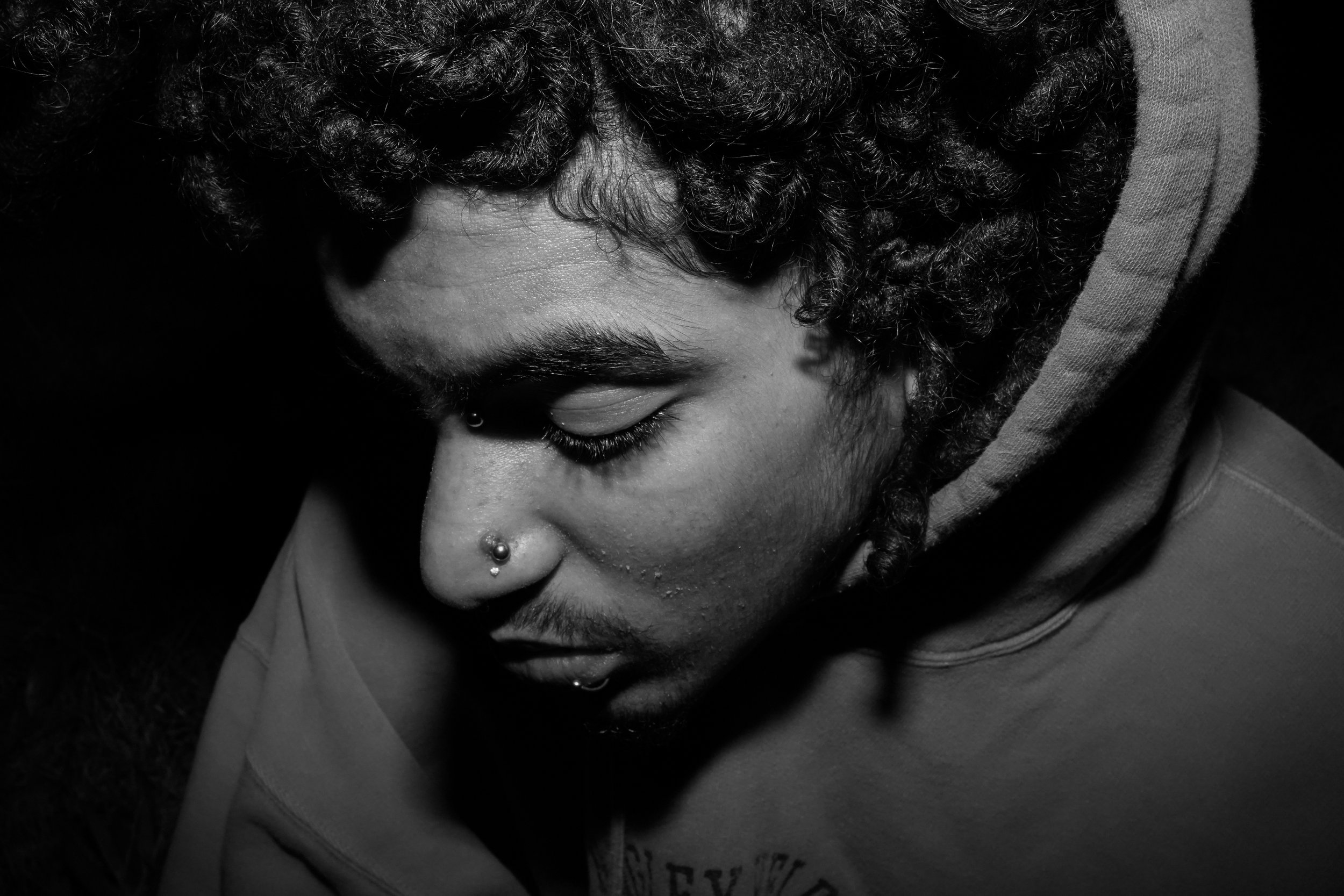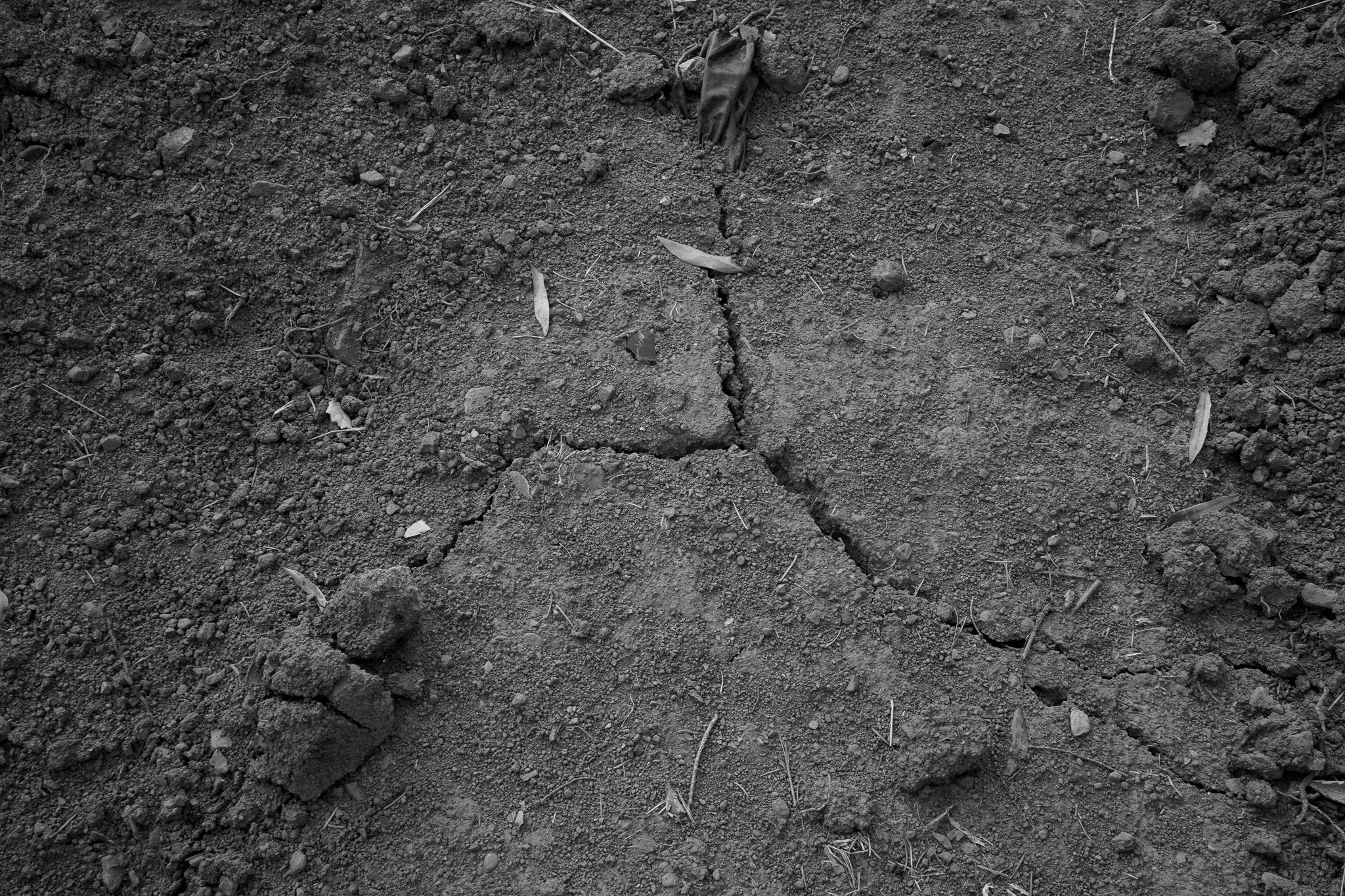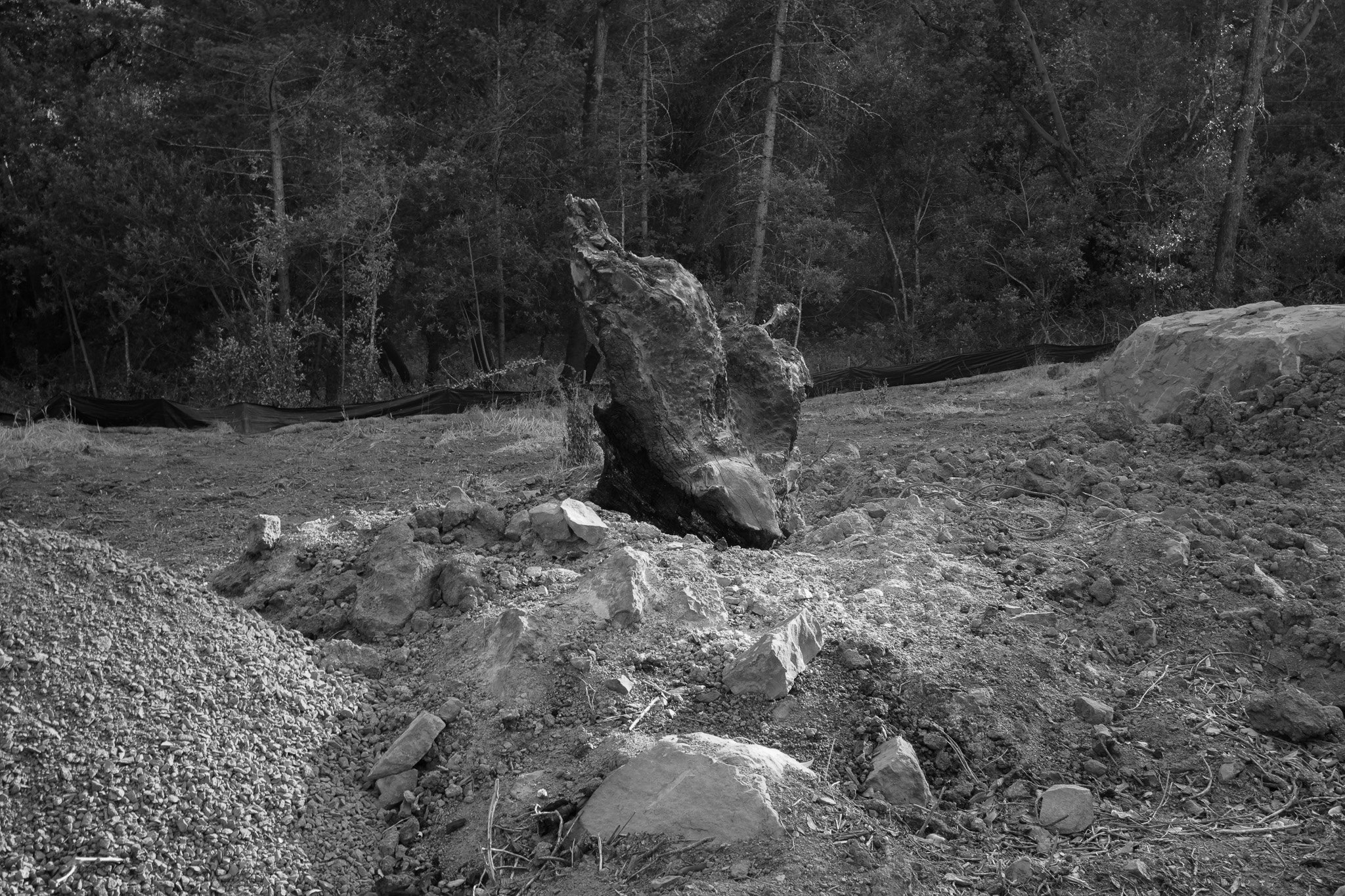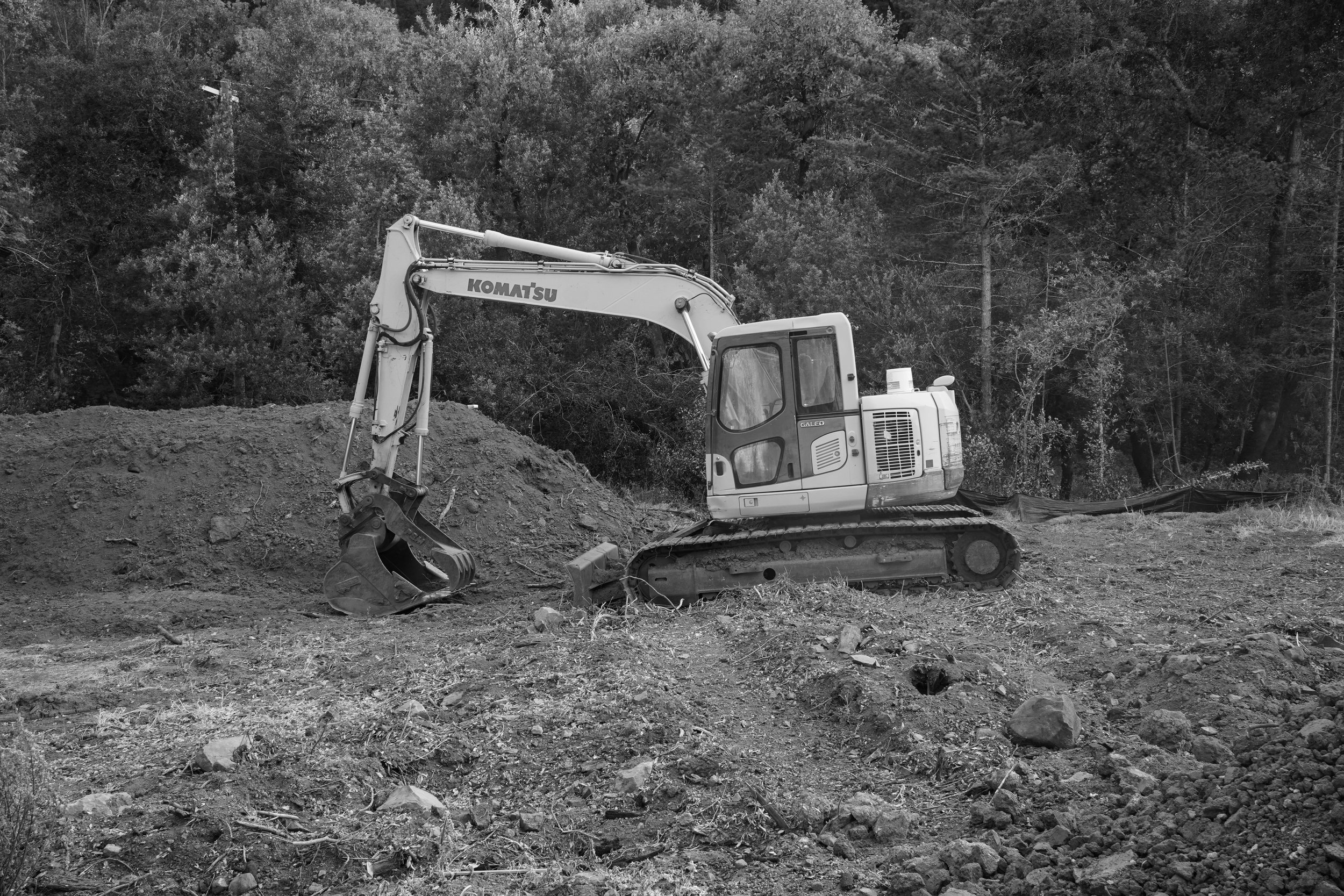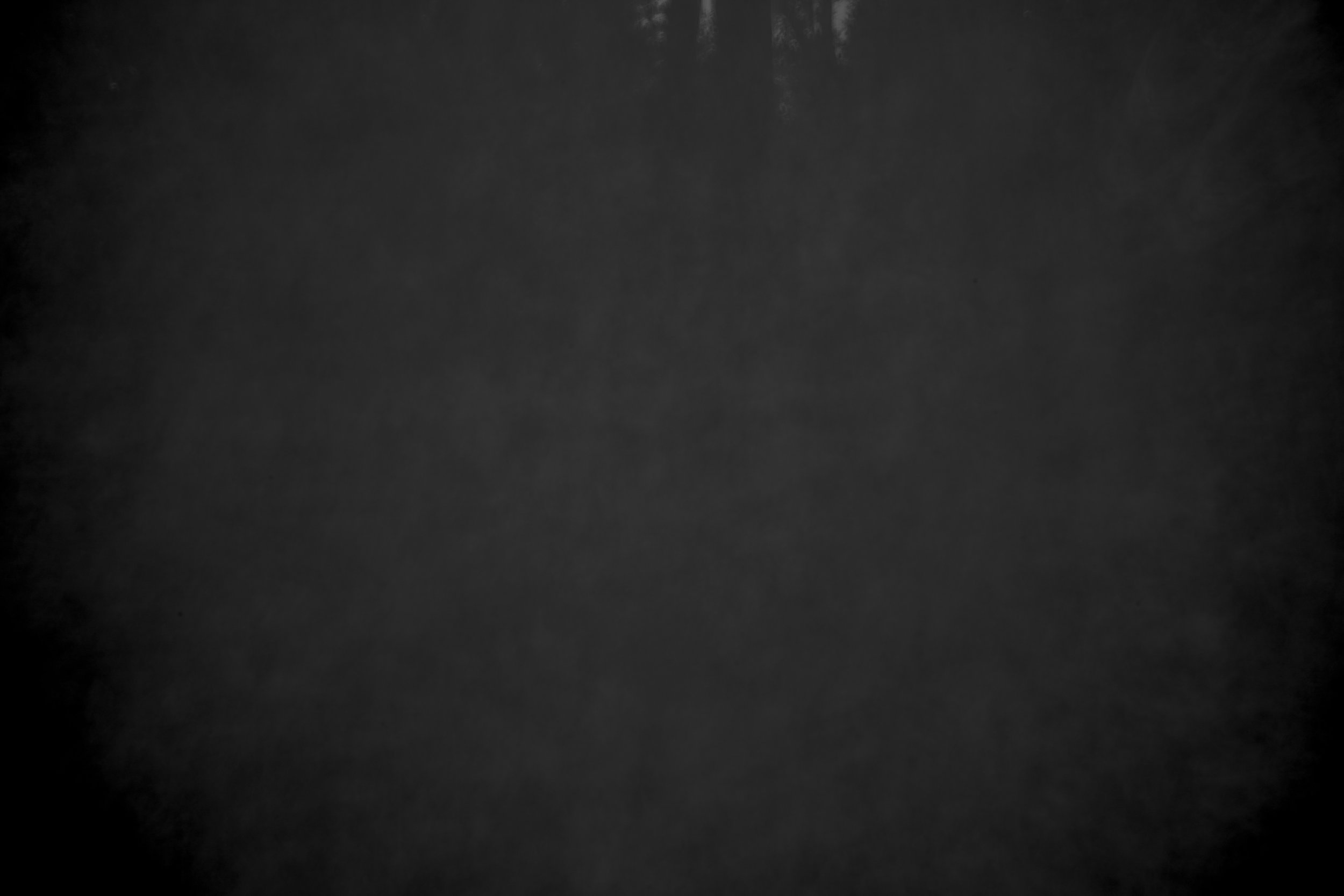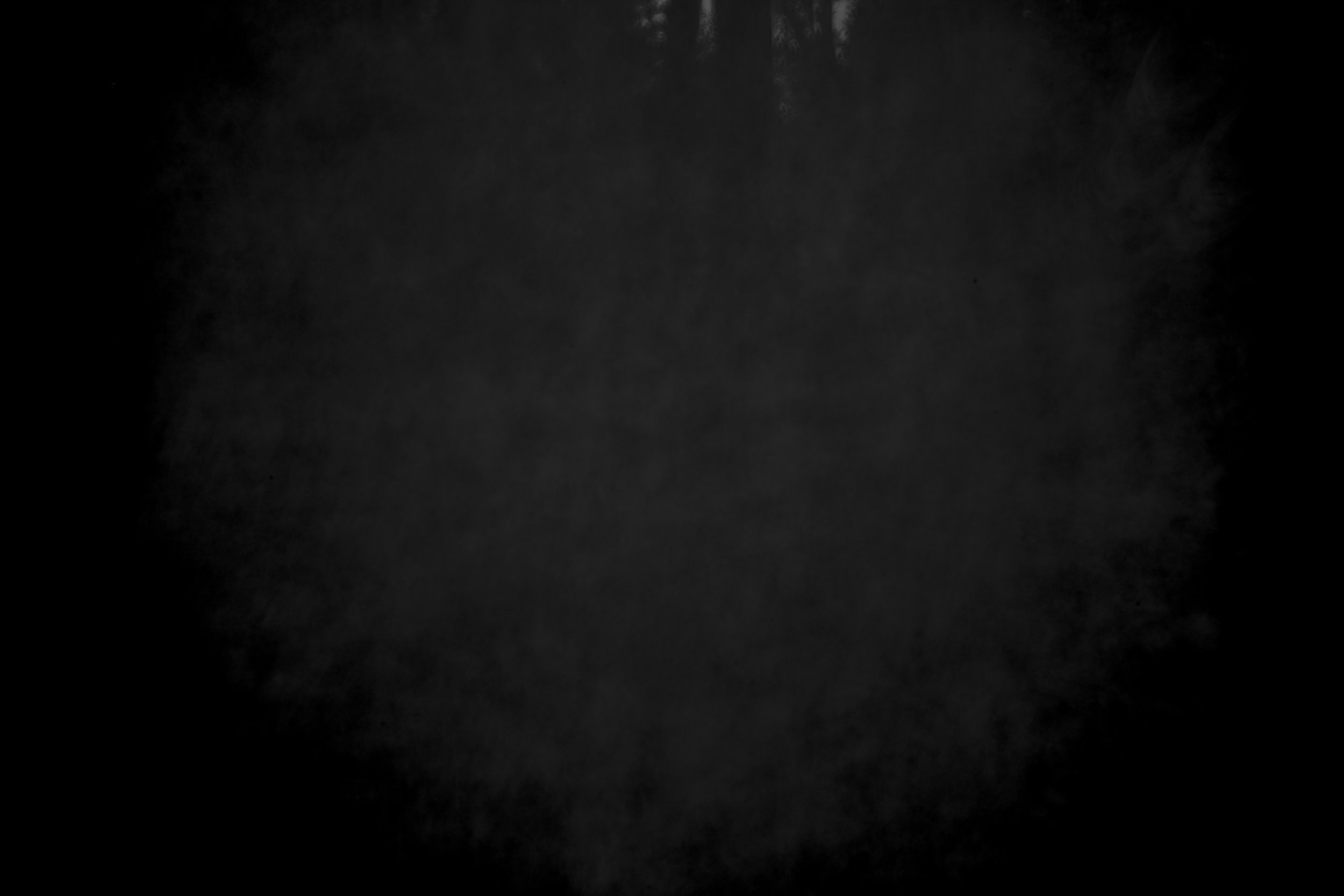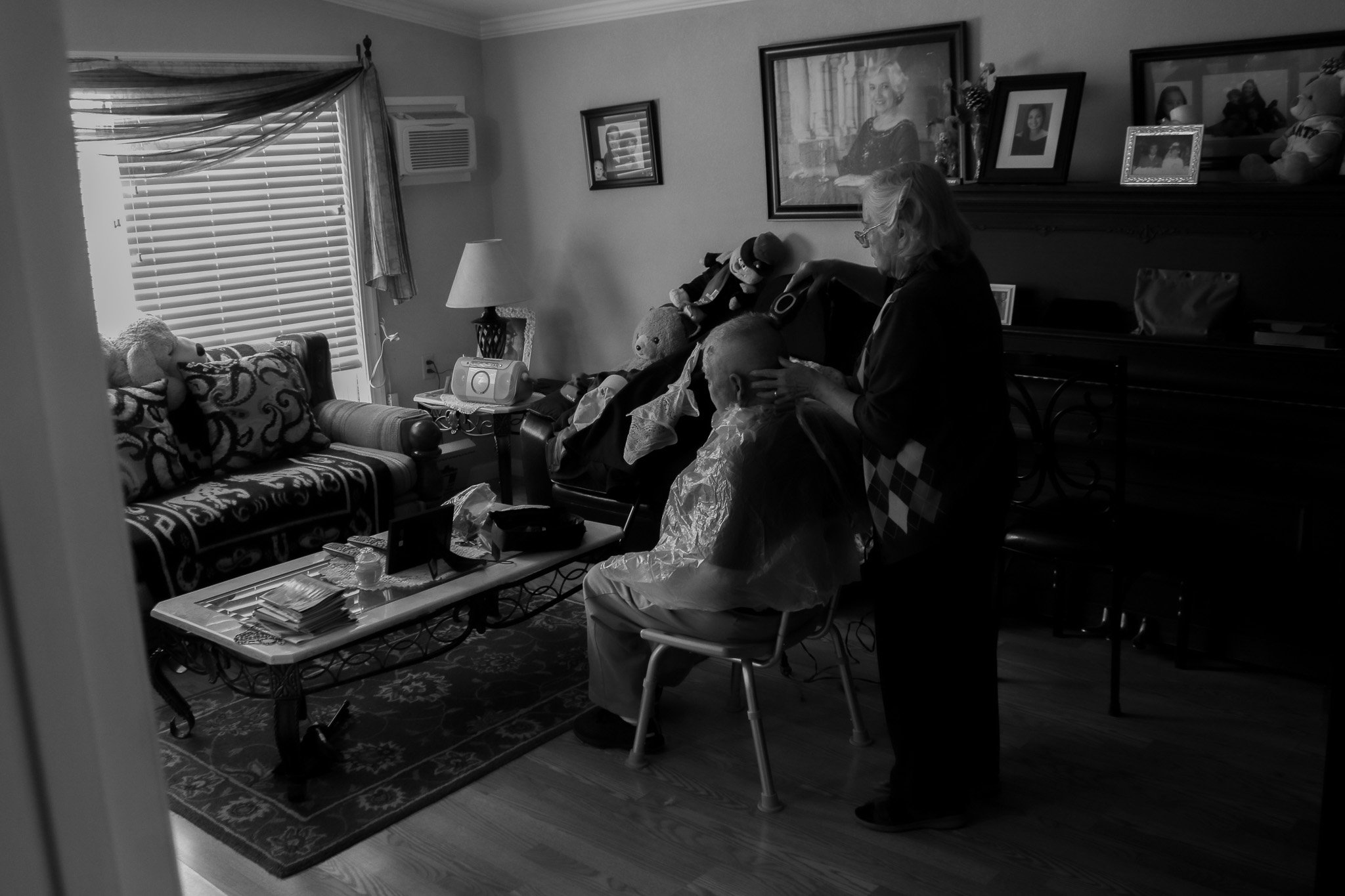Crows and Ravens
Daniel’s second imaging project, Crows and Ravens (2022 - Present), explores the idea that Northern California and its landscapes can be representative of emotive paradigms inherent to human experiences.
Landscape and Power
Crows & Ravens turns to the American landscape not just as scenery, but as a means of incarnating emotional shifts across time. Mountain ranges, foliage, and insights of rural-town domestic life aren’t just visual motifs—they hold emotional power, acting as markers of time, memory, and the changing nature of our own virtue. Image-making, in this sense, reveals much about who we are as humans—mirroring our inner states and our roles within social environments. The approach to the environment in Crows & Ravens mirrors how one might approach recounting a dream or a nightmare—where we have distinguished memories of what things looked and felt like.
Northern California presents an opportunity to speak on emotional matters through the common landscape in the project: the Mayacamas and Vaca Mountain Ranges. Through a strong legacy, the Napa Valley prides itself on its history of viticulture, with a large influx of immigrant workers and families who work within grape harvesting. These opportunities and jobs have created a society and new world for multi-generational families. The mountain ranges are important because they are the common factors through all our lives, and something such as viticulture plays an important role in why many hispanic people are living in the United States. Working within the harvest, like Daniel’s grandfather, is a physical process—one that insinuates pride and sacrifice. These ceremonial practices are shown through the series of images, where the landscape represents a once-held power, a moral of emotion, and a translation of the past. When considering what the landscape means in photography, we are suggested that the landscape is the one thing that has complete power over us, because it is the only thing that will out live us.
Deconstruction of You, 2023
Domestic Worlds and Tradition
The contrast between subjects—landscape versus domestic, vast versus intimate—is deliberate. It reflects how human experience is rarely as linear or coherent as it presents itself to be. We move between emotional registers, between public and private environments, and yet the landscape remains the one consistent presence. Portraiture and domestic spaces—particularly the home—carry the rest of the narrative. There is an underlying irony, even a quiet sardonicism, in how these experiences unfold, speaking to the core principles that shape our lives.
We pass through life by way of rituals—our so-called rites of passage—that structure how we understand growth, loss, and meaning. These traditions are essential in telling any story about human experience. This project doesn’t aim to tell a singular, resolved narrative. Instead, it constructs a body of work where multiple, and at times contradictory, experiences are allowed to coexist. The horizontal portraits and photographs taken inside the home don’t just reflect years of lived life—they also carry the weight of inherited tradition. Their visual sparseness is deceptive; within them exists a history that exceeds the modern day. To photograph and view your own photographs is to be asked to confront your own internal dialogue—how your inner world reacts to and interprets the external one.
Rehashing Of You, 2023
A Personal Canon and Narratology
Literary, Artistic, Musical, and Religious Canons all share a level of authority—because they once excited humans in something revelatory. Revelations are made in art when we deem something unknown, as known and valued, which is why at some point, we have accumulated a multitude of artistic and historical pieces that define an authentic and valuable culture. That’s why societies build canons: they gather and preserve works that define what a culture considers authentic or important. For those living within societies and non-societies, humans experience personal and emotional revelations daily. This intake of information, processing of past grievances, and newfound fervor for the things that give us morality does not all come at once. There is a wick burning at both ends, where as it burns we are revealed more about the world we live in. This wick burns slowly as we go through life experiencing the social and emotional world, and we confide in stories and narratives that align with those worlds. The flame is eventually distinguished, and as a result we will have passed away—where art will no longer have importance to our physical selves. Visual Narratology is challenging because we are used to linear and artistic styles of narrative which is founded in a literary canon; rarely a photographic canon. There’s a deep literary current running through the work, not because it tries to illustrate text, but because it understands that words give art context.
The images inside of Crows & Ravens are personal narrations, which through time, come alongside personal revelations experienced through not only life, but the intake of information through other art forms. It is simple to tell a story, but challenging to narrate it, as we feel the pressure to communicate at such a high caliber because of the canons. It is ironic though because we do not live others lives, only our own: therefore we have to create our own canon and narratives to find place in societies.
The Swimmers (2) Dry Creek Rd, 2024
